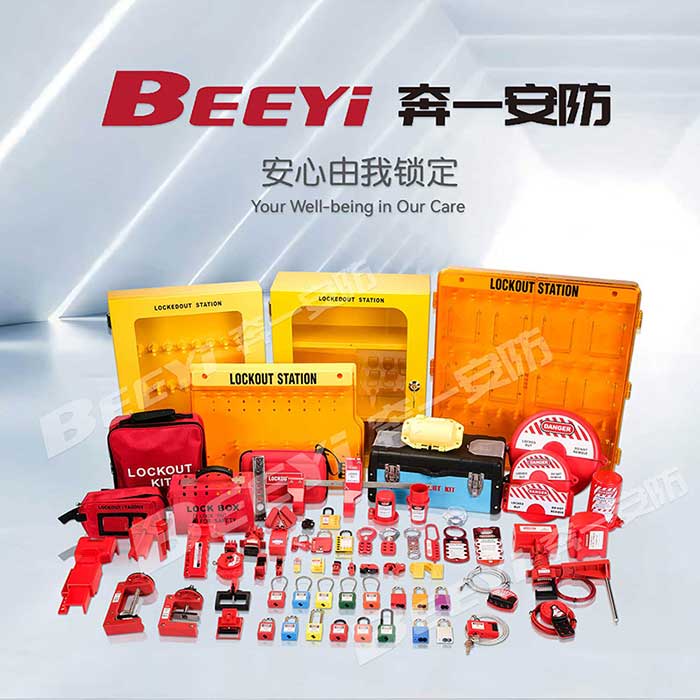A Safety Valve Lock is an essential component in many industrial environments, designed to secure valves and prevent unauthorized access or accidental operation. In industries where pressure systems, gas lines, or hazardous materials are involved, ensuring that valves remain securely closed is a top priority for safety. The installation of a safety valve lock is a critical step to protect workers, equipment, and the environment from potential hazards. This guide provides a step-by-step process to install a safety valve lock effectively, ensuring that safety protocols are followed to the letter.

What is a Safety Valve Lock? A safety valve lock is a device used to secure a valve in the closed position, preventing unauthorized or accidental manipulation. Typically, these locks are applied to pressure relief valves, control valves, or other critical systems in industrial applications. The purpose of the lock is to provide a mechanical barrier that prevents any accidental or intentional tampering, thus ensuring that the valve remains in a safe state. These locks are used as part of a broader Lockout/Tagout (LOTO) system, which aims to isolate energy sources during maintenance or repair activities.